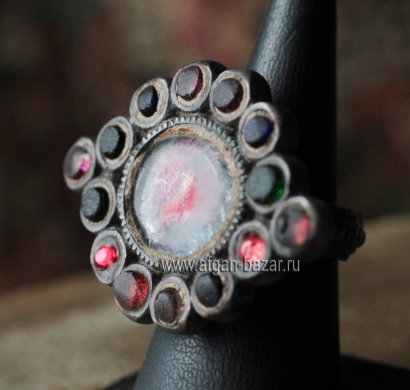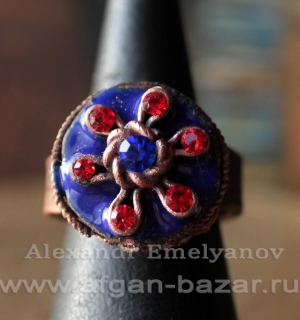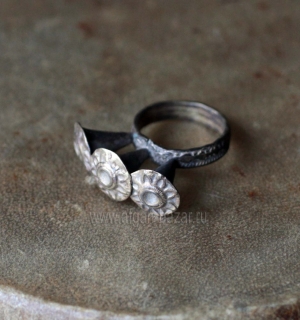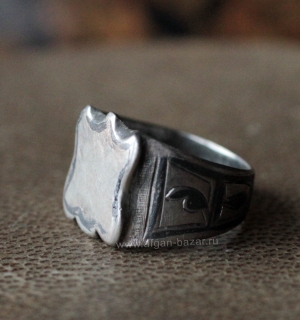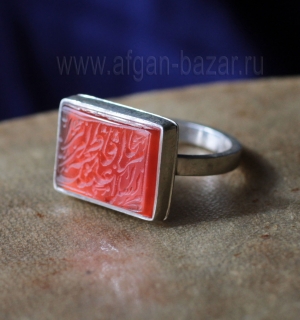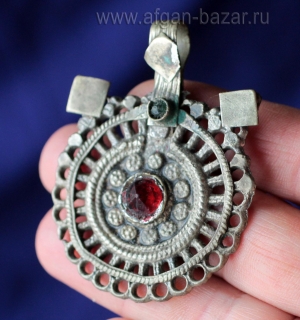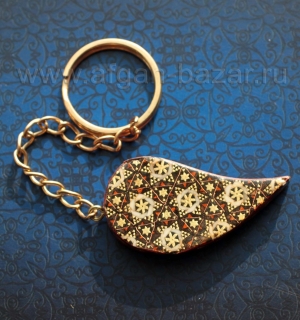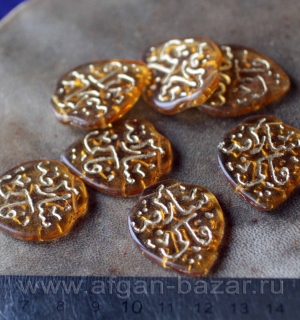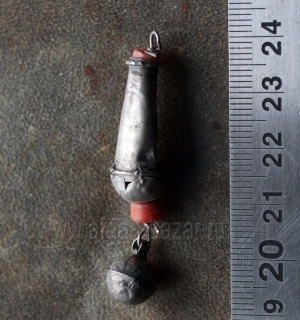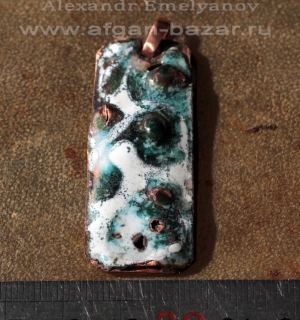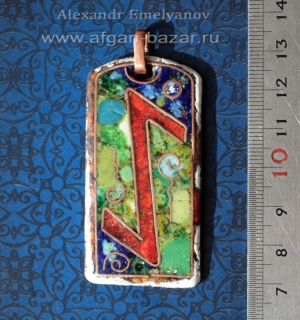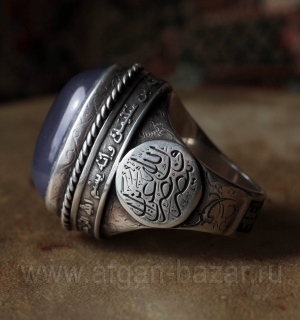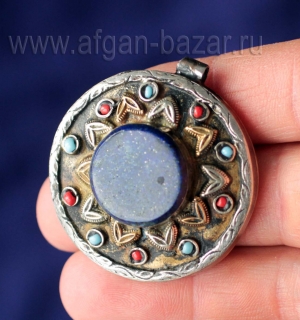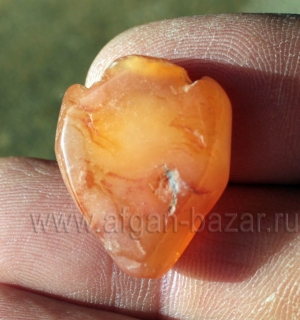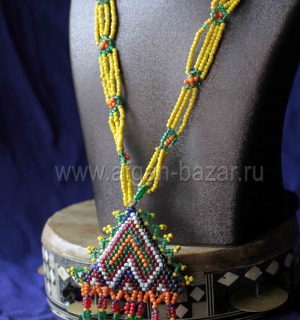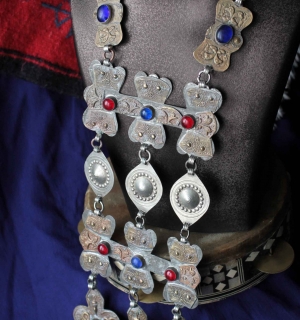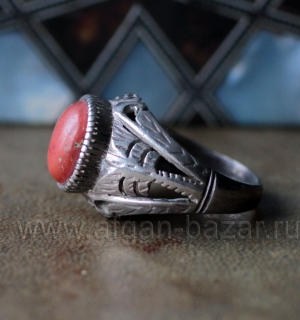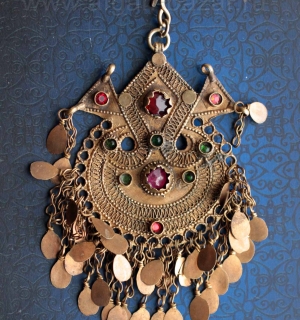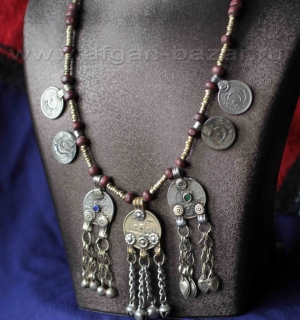Старое племенное кольцо.
Пакистан, регион Синд, середина 20-го века
Низкопробное серебро, литье, пайка.
Вставки - цветное стекло на подложке из серебряной фольги.
Размер печатки - 42/30 мм.
Вес - 24 г.
Размер - 18,5
Дизайн и форма таких колец восходят к ювелирному искусству Индии эпохи Великих Моголов. В 17 веке кольца такой формы делались для знати из золота и украшались драгоценными камнями в технике "кундан", когда неограненые кристаллы изумруда, рубина и алмаза закреплялись в металлических углублениях с помощью тончайшей фольги из чистого золота, моделируя прочный золотой каст вокруг вставки путем обжимки специальным инструментом. За счет высокой очистки, техника кундан позволяла производить закрепку камней на любой поверхности без применения пайки [3].
Позднее подобный стиль украшений распространился на все классы общества, а вместо золота и драгоценных камней стали использовать сплавы серебра и меди, и цветное стекло в качестве вставок.
Unique and Old Pakistani Sindhi Tribal Brass Ring with Glass
Collectible item, rare to find.
British India or Pakistan, Sindh, middle of 20-th century.
Brass, moulding, aged patina.
Inserts - colored Glass.
Size of the top - 42/30 mm. (1,6/1,2 ").
Weight - 24 g. (0,8 Oz).
Size - 18,5 (8,5 for USA).
Such rings was produced in Pakistan till the second half of 20th century and they have a strong influention to the Great Mughal jewellery traditions.
The design and shape of such rings go back to the jewelry art of India of the Mughal era. In the 17th century, rings of this shape were made of gold for the nobility and decorated with precious stones in the "kundan" technique, when uncut crystals of emerald, ruby and diamond were fixed in metal recesses with the help of the thinnest pure gold foil, modeling a durable gold cast around the insert by crimping with a special tool. Due to the high cleaning, the kundan technique made it possible to fix stones on any surface without the use of soldering [3].
Later, this style of jewelry spread to all classes of society, and instead of gold and precious stones, silver and copper alloys and colored glass were used as inserts.
Литература и аналоги:
1. Alfred Janata. Schmuck in Afganistan. / Janata A. - Graz: Akademische Druck – u. Verlagsanstalt, 1981. - s. 1126-125.
2. Anne van Custem. A World of Rings. Africa, Asia, America. / Anne van Custem – Milano: Scira Editore S.p.A. 2000 – p. 120.
3. Ким. М. Сокровищница мира. Коллекция Аль-Сабах национальный музей Кувейта. : Thames & Hudson 2009. - c. 18-19.
Другие товары из этой категории
-
0 ₽
-
1 450 ₽
-
8 900 ₽
-
5 500 ₽
-
2 490 ₽
-
2 400 ₽
-
1 490 ₽
-
8 900 ₽

